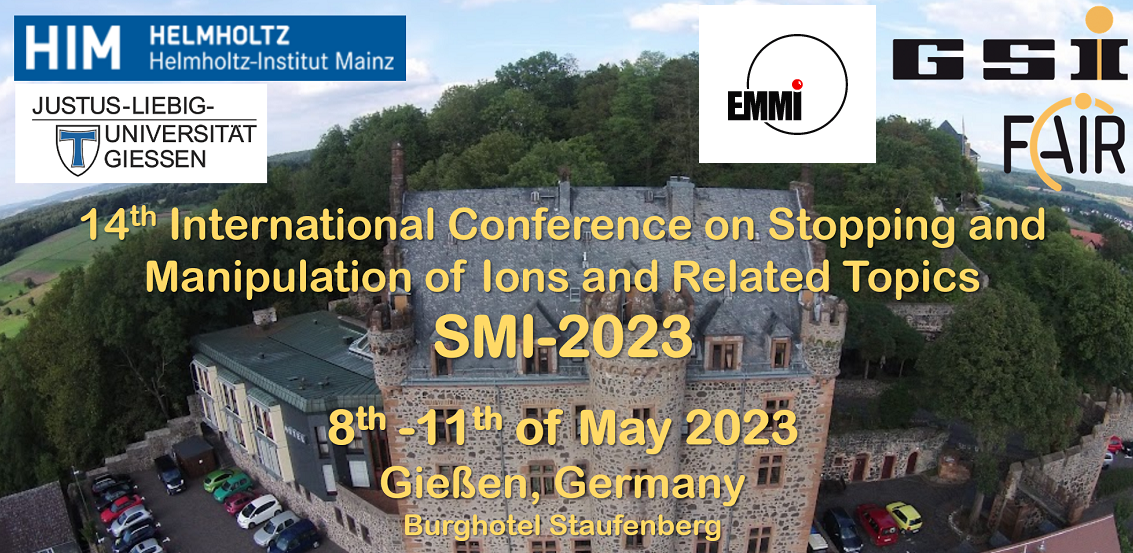Sprecher
Beschreibung
The Low-Energy Branch (LEB) [1] for the MARA separator [2] is a facility under construction at the Accelerator Laboratory of the University of Jyväskylä. The facility will be used to study the ground-state properties and decay modes of exotic nuclei far from stability combining multiple techniques to investigate nuclear properties of isotopes far from stability.
MARA-LEB will stop and neutralise reaction products selected by the MARA separator in a small-volume buffer gas cell. A state-of-the-art Titanium:Sapphire laser system allows for re-ionsiation of selected species and for laser spectroscopic analysis. Re-ionised atoms can be extracted and accelerated by the ion transport system [3] and further mass- and velocity-selected before being directed either into specialised detector stations, for decay spectroscopy, or a dedicated cooler-buncher and Multi-Reflection Time-of-Flight Mass Spectrometer, for high-precision mass measurements.
In a recent experiment at MARA, where the dynamics of non-fusion reaction channels was studied by the GSI-JYFL collaboration various heavy nuclei in the 84 ≤ Z ≤ 92 region, which includes some light actinides, were produced. Data analysis from this experiment is still under way [4]. Nevertheless, preliminary experimental yields show that laser spectroscopy of these heavy nuclei may be feasible in the MARA-LEB facility.
This is a promising prospect given the recent increased interest in the study of exotic species in this region via the use of laser spectroscopical techniques [5]. There is limited information on the actinides due to low production cross-sections combined with the lack of stable isotopes for many of the elements in this group. The use of non-fusion reactions such as Multi-Nucleon Transfer (MNT) has been proposed as a way to enhance access to this region of the nuclear chart and thus improve the prospects for laser ionisation of these elements. MARA-LEB will combine the required mass resolution and laser spectroscopic capabilities to carry out studies in with these new experimental conditions.
An update on the current status of MARA-LEB will be presented, alongside a discussion of the feasibility of laser spectroscopy experiments in the new facility given the cross-sections extracted from these recent MARA experiments.
[1] P. Papadakis, et al., Hyperfine Interact. 237, 152 (2016).
[2] J. Uusitalo, J. Sarén, J. Partanen, J. Hilton, Acta Phys. Pol. B 50, 319 (2019).
[3] P. Papadakis, J. Liimatainen, J. Sarén, I. D. Moore, et al., Nucl. Instrum. Meth. Phys. Res. B 463, 286 (2020).
[4] J. Khuyagbaatar, et al., To be published.
[5] M. Block, M. Laatiaoui, S. Raeder, Prog. Part. Nucl. Phys. 116, 103834 (2021).

